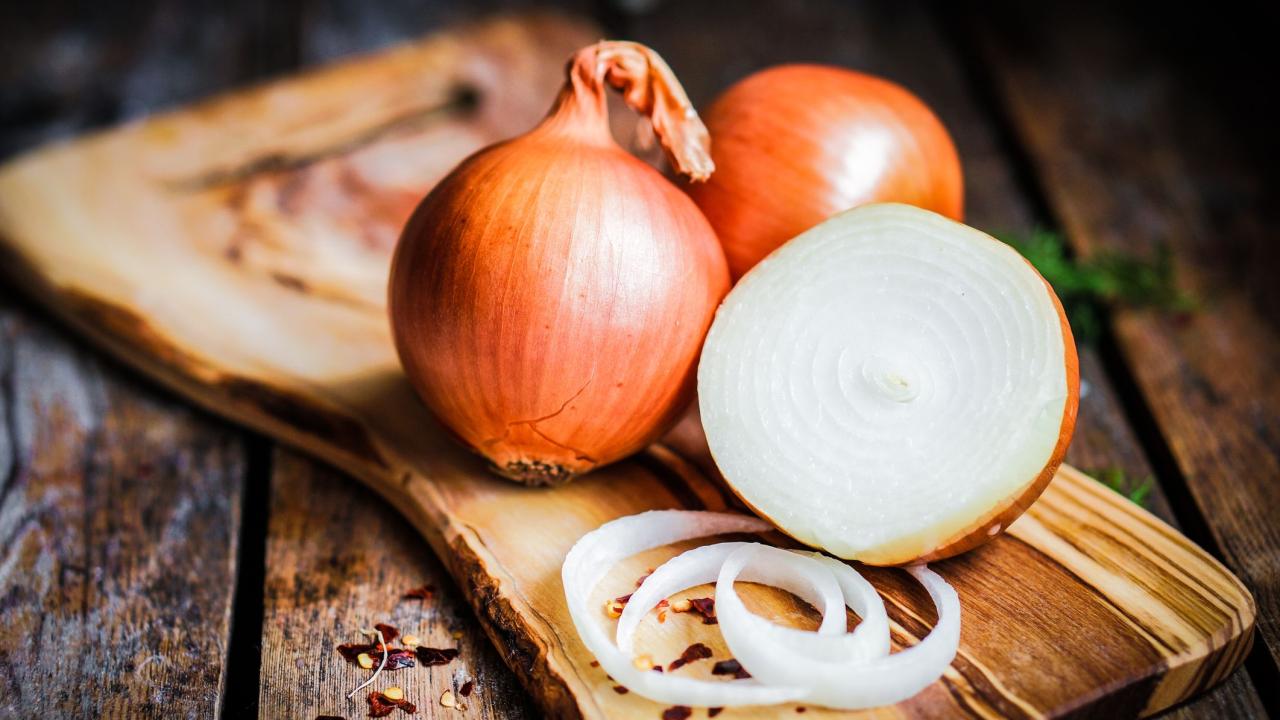In the Philippines, Onions Are Now More Expensive Than Meat
Gav
Soaring prices of onions in the Philippines led agriculture authorities to announce this weekend that the country would have to resort to importing around 22,000 tons of the vegetable by March, to augment dwindling domestic supply and arrest rising costs.
Onion is a staple of the Southeast Asian nation’s local cuisine—often coupled with garlic as a base of many dishes.
The country’s average monthly demand for the vegetable is around 17,000 metric tons.
But as of Monday, Jan. 9, red and white onions in the Philippines were sold for as high as 600 pesos ($10.88) per kilogram, or about $5 per pound, based on the agriculture department’s monitoring of Manila-area market prices.
That’s about three times as expensive as chicken and 25%-50% more expensive than pork or beef, according to the same market monitoring estimates. The cost of a kilogram of onions is greater than the minimum wage for a day’s work in the Philippines.
Philippine lawmakers want to investigate the cause of the surge, asserting that President Ferdinand Marcos Jr., who also serves as the agriculture secretary, is “directly accountable.”
Part of the price hike stems from forces beyond individual control. Global inflation—due to a multiplicity of causes including the Russia-Ukraine war, supply chain snags, and extreme weather events—is putting a strain on food prices everywhere.












